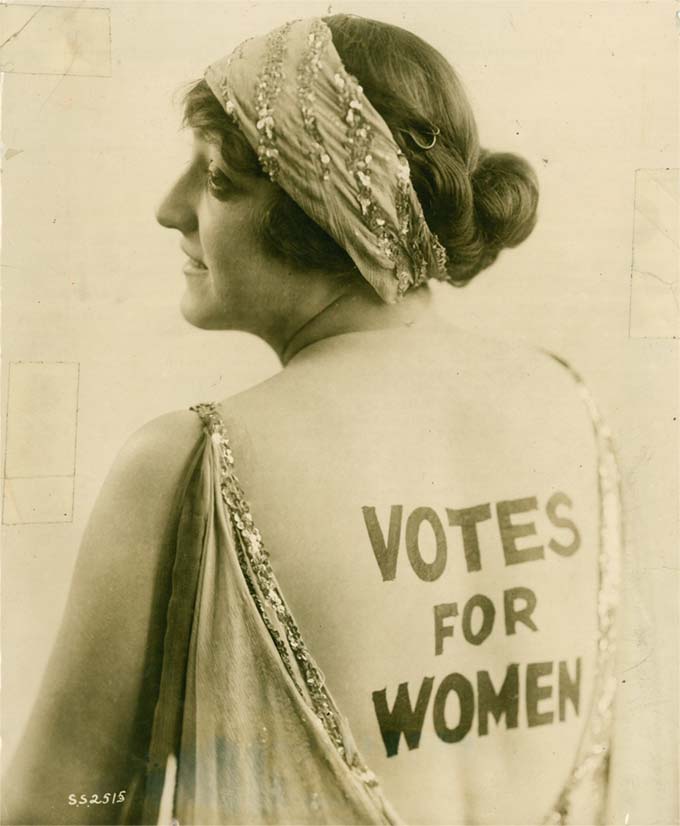Solnit – Chapters 1-5 Curation

Curation of Men Explain Things to Me, Rebecca Solnit
Chapters 1-5
Gina Flanagan
In Chapter 1, Solnit tells us a story about a time when she was under estimated by a man who presumed to know more than she about the very book she had just published. Once this man finally realized who she was, she reveled in his embarrassed arrogance, which she describes as, “when forces that are usually so sneaky and hard to point out slither out of the grass and are as obvious as, say, an anaconda that’s eaten a cow.” This all too-often occurrence of men explaining things to women is what Solnit calls “confrontational confidence.” Solnit says this presumption can cause lifetime damage in the same way being harassed can cause a woman to fear speaking out against her perpetrator. She says women should try to find a happy medium between self-doubt and total self-confidence.
Q: This article, 5 Critical Steps To Fearless Confrontation, provides some excellent examples of how to handle confrontation, and is especially relative to women. As a woman, have you ever experienced “confrontational confidence” and how did you handle it?
In Chapter 2, Solnit discusses several topics surrounding male authoritarianism such as rape, domestic violence, and murder, and how the extent of those crimes go largely unnoticed in the world. Society has seemed to latch onto the theory that it is more crucial to teach women how to avoid becoming a victim, rather than teach men how to avoid becoming a perpetrator. Solnit says the predominant offenders of these crimes are men with 93.5% making up the total prison population. She sums up this chapter with a call to action – it is all of our jobs to “change it.”
Q: In 2017, Time Magazine named its person of the year “The Silence Breakers” to call awareness to rape and sexual harassment. Do you think the “Me Too” movement has affected awareness of this topic?
Chapter 3 opens by taking a story out of 2007 headlines when the head of the International Monetary Fund (IMF), Strauss-Kahn, was charged and convicted of sexual assault. Solnit illustrates that even the head of an organization such as the IMF, that claims its purpose is to promote employment and reduce poverty among other things, was capable of and not immune to commit violence upon a woman. She also mentions former President Bill Clinton’s shortcomings regarding the global food supply. This also reminds us of Clinton’s infamous sex scandal with intern Monica Lewinsky, compounded by his lie to Congress and the American people, and then subsequent impeachment.
Solnit discusses and debates the meaning of “marriage equality” in Chapter 4. Those who are for marriage-equality, often same-sex marriages, dismiss the pattern of traditional roles of the male as head of household, or having power over the female. They choose an “egalitarian” relationship with equal status. Those opposed to marriage-equality, often male-female heterosexual couples, wish to maintain the gender role tradition, or “hierarchal” status. There is a long history of male dominance in the traditional gender role family. For a long time, women had no rights to their property or income. Their husbands owned them and could physically abuse them with no legal consequences.
For hundreds of years, women could not vote to change the unfair laws that were put in place, by men, to perpetuate this continual cycle of abuse and need for control. How grateful I am for the sacrifices made by many women during the suffrage movement. They are the reason we can vote.
- If you haven’t seen the movie Suffragette, I highly recommend it!
Solnit tells of one extreme example of male control in the story of Ohio resident Ariel Castro. He brutally controlled his wife and then went on to commit horrible crimes to three other women for the next 10 years. Solnit says it is not only this type of extreme brutality that feminists condemn, but also the abuse that women suffer daily that no one ever sees. I remember hearing about this story and being terrified knowing that it could happen to anyone. It made me wonder how many women could be locked up in someone’s basement and no one would ever know.
Chapter 5 reminded me of why most women take their husband’s name in a traditional marriage. This is how it has always been and so we do not really question why. A woman’s lineage can get lost or buried in time while a man’s name continues to create a legacy. For example, Solnit explains that the first ever “family tree” was illustrated in the Bible to document Jesus’s lineage. This tree is only for fathers and sons and so excludes the women in the story. Exclusion=“grandmothers.” Many years after Jesus, women were still excluded within their own marriage. The law provided that a man would “become one with the woman,” which sounds very touching at first, but in reality meant that she would now undertake the “condition of non-existence.”
Solnit wraps up this chapter rather poetically and gives us a visual of a spider spinning a web, like a family tree, that connects families, including the women- the grandmothers, into a future that is full of opportunity, equality, individuality, and voice.
